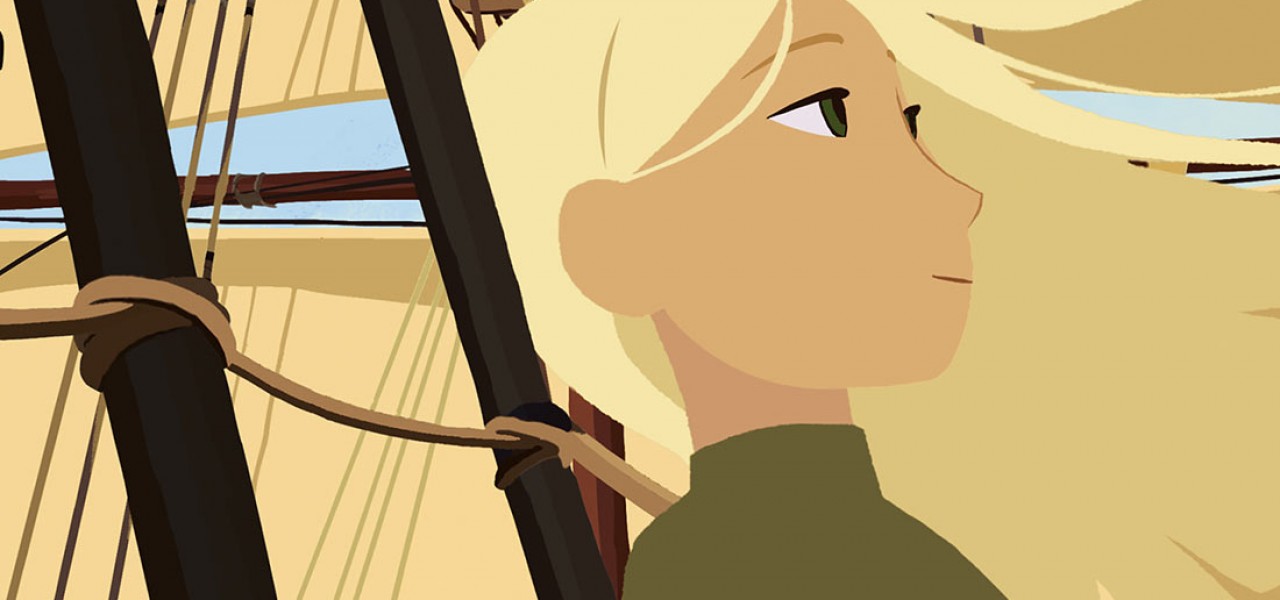
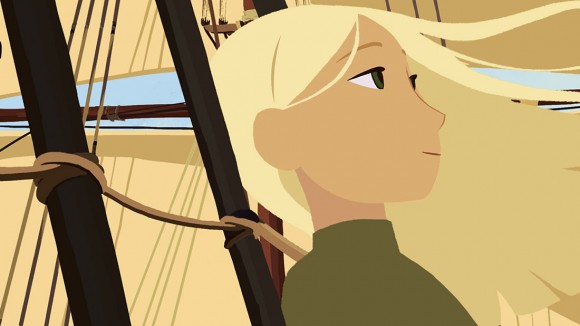
Rémi Chayé Interview: ‘Long Way North’ and The Indie Challenge
Director Rémi Chayé has made a powerful impression with his debut feature Long Way North (Tout en haut du monde), a daringly stylized hand-drawn adventure film set in the brutal climes of the Arctic.
The French-Danish co-production won the audience award last June at the Annecy animation festival, followed by the young public award at Brussel’s Anima festival last month, and earlier this month, Chayé himself picked up director of the year honors from the influential Cartoon Movie pitching and co-production forum.
But that doesn’t mean Long Way North has had an easy time finding an audience. When the Flash-animated film opened theatrically in France last January, it launched well outside of the top ten, and whatever chance it had of building a following as a family film through positive word of mouth was quashed the following weekend when the American import Alvin and the Chipmunks: The Road Chip invaded French theaters.
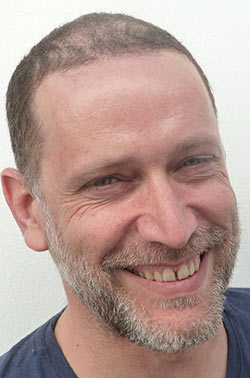
Americans will have a chance to discover Long Way North later this year thanks to a pickup from stateside distributor Shout! Factory. The film had its North American premiere this month at the New York International Children’s Film Festival this month.
In an interview that took place at the Anima festival, Chayé spoke to Cartoon Brew about how he worked his way up from storyboard artist into the director’s chair, why a film production can be better when all of the studio’s artists work together in the same room, and the impossible task of competing against cutthroat American film studios.
Cartoon Brew: You recently toured the American studios to promote the film. What kind of responses did the film receive?
Rémi Chayé: American people are so expressive. There was a lot of “Fantastic!” and “Awesome!” following the screenings. Sometimes you’re not sure how much they actually like it when they say that, but then again, I don’t think Pete Docter would spend an hour talking to us following the screening at Pixar if he had been annoyed by it.
One thing I noticed that was strange to the Americans is our frequent use of holds. In American animation, something has to move all the time. Europeans are closer to Japanese animation in the way that we make greater use of silence. Personally, I very much enjoy those type of Japanese films where nothing happens except drinking tea.
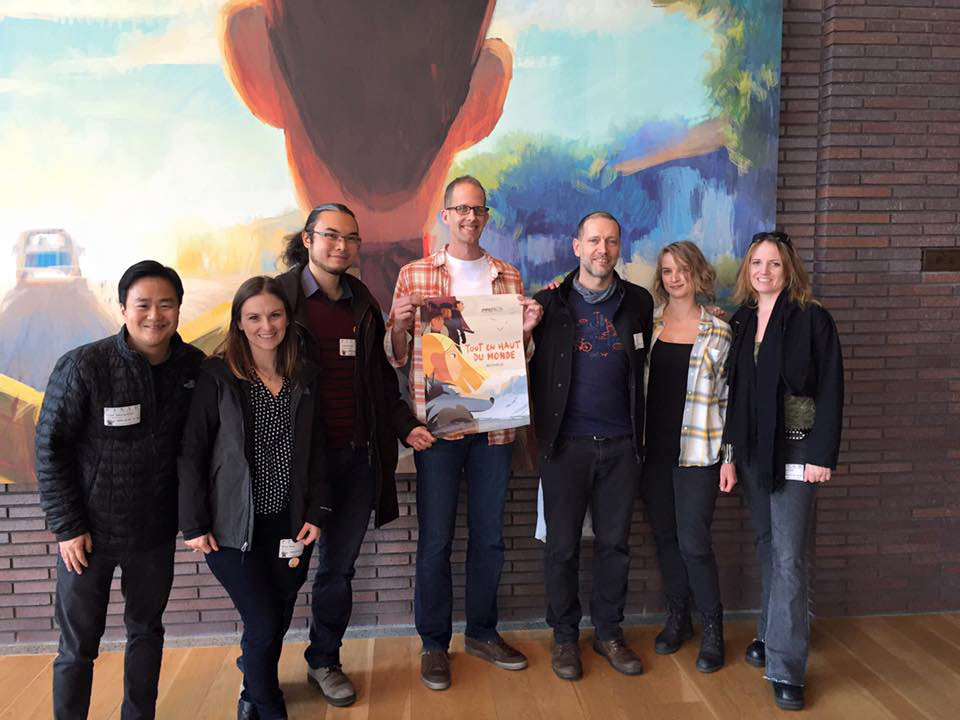
In your presentation at the Anima festival you mentioned it took three years to get enough investors on board to make the film. What made it so difficult?
Rémi Chayé: Having an original story with unknown creators didn’t help, but also European 2D animation as a whole is just a risky business. Sadly enough, lots of independent animated movies are commercial failures, because we have to fight against huge American marketing machines like Zootopia and Star Wars. You have this saying in America – “Winner takes all.” That’s what their marketing strategy is like. They do not only want to sell their own movies – they want to saturate the whole market. This kind of all-absorbing, aggressive marketing makes it hard for films like Long Way North to exist.
Long Way North cost 6.4 million euros, which is slightly above the European average. Nonetheless, it’s a tiny budget for the film’s quality. How did this limited budget influence the end result artistically?
Rémi Chayé: One of the things we had to reduce a lot was the lighting on the animation. I had planned to have animated lighting throughout the whole movie, but was forced to limit that to a certain amount of shots. That was hard for me to accept.
The main difficulty, however, was the quotas. Every time an animator would unnecessarily move a character’s shoulder, we would go over budget. Animation quotas varied from 1.8 to 2.2 seconds a day. More time was given for emotional scenes, less for action scenes. So whenever characters were running and jumping, we just had to accept what could be done in 1.8 seconds a day. But during emotional and subtle moments, like Sasha realizing the boat isn’t where she thought it would be, this is what I wanted the animators to spend time on.
Working with a limited budget comes down to choosing where you spend the money and energy in every phase of the process. If you give an artist two days for a background, it will be better than in two hours. So, if you give the artist two hours to do the background, then you have to accept the result, even if it’s not exactly what you’d want it to be. It’s as simple as that.
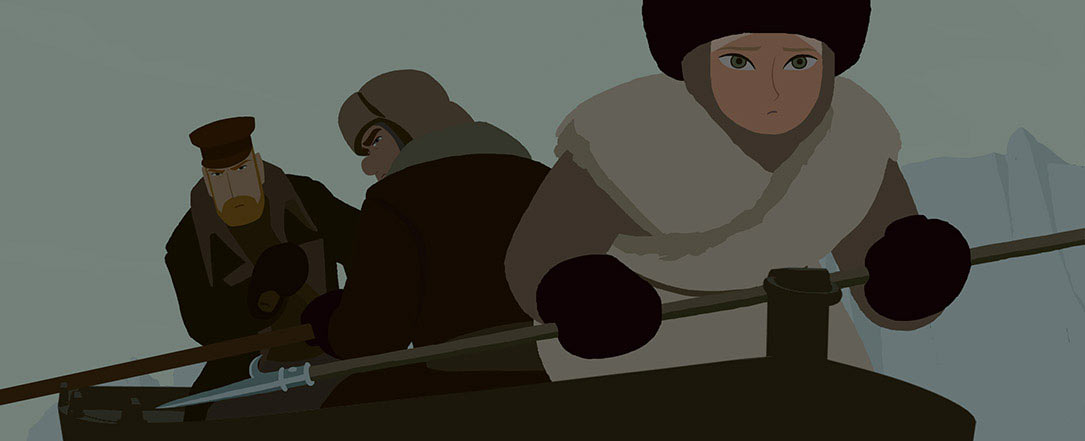
Do you see a way to reduce the production budget any further for a future film?
Rémi Chayé: The only way we could reduce costs further would be to lower the wages, which are modest already. I wouldn’t want that. Actually I’ve heard about people working (partly) for free on European feature productions, but to me that’s not a solution. If you have to rely on people working for free, whether it be supervisors or interns, the fact is that the industry is dead. I personally don’t accept anyone working for free, and I ask my films’ producers not to accept it either. In that sense, I guess I’m a socialist – but don’t tell the Americans! I’d lose all chances at American success. [Laughs]
Brew readers have been raving about Long Way North ever since the release of its concept trailer. Fans especially seem to love the film’s unusually spare sense of design.
Rémi Chayé: To me, drawing is about interpreting reality – it’s a way to look at a chair, to make the spectator interpret that chair in a way that says something. I think the style of Long Way North is a way to look at reality through light, shapes, and colors, evoking emotion and tickling the imagination.
Reproducing reality, with reflections and everything – it doesn’t really interest me. I don’t want to spend the budget on showcasing each of Sasha’s hairs in detail. The simple shape of her hair, combined with the rhythm the wind adds to it, contributes to the film’s poetry.

Another unique design choice you made was the absence of outlines…
Rémi Chayé: The thing with outlines is that they are, more or less, black. So when your designs have an outline, all of the film’s colors have to go with that black color, limiting your color palettes and spectrums. The absence of outlines gave us the freedom to explore a lot of different color palettes throughout the film, not just those pulling towards black.
You started out as a comic book artist and illustrator. What made you turn to animation?
Rémi Chayé: Being out of illustration work for a while , I started working as a storyboard revisionist. Having worked at home by myself for ages, the ambience of an animation studio made a big impression on me. Animation is a collective art. It’s such a pleasure listening to each other and adding up different artistic skills.
Artistically too, animation is an interesting medium. I like the fact that you have the same tools at your disposal as when you’re painting, which enables you to express emotions through the way you paint a sky for example, plus the tools of cinema. This combination is really powerful.
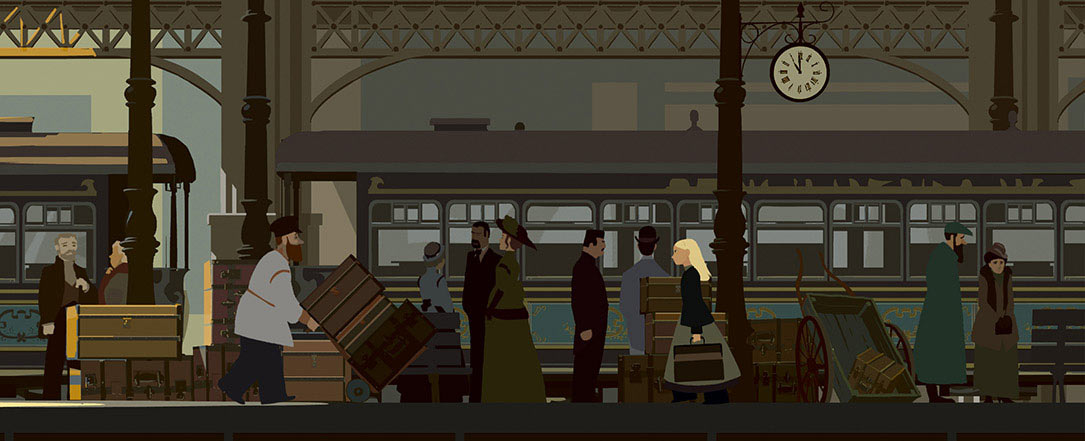
Starting out as a self-taught storyboarder, how did you transition to directing?
Rémi Chayé: Here and there people started to ask me to direct small TV specials and such, but I felt I lacked the necessary skills. As a storyboarder, I had worked for directors who were not up to the job, and I didn’t want to become one of them. So, at 33 years old, I signed up for a fantastic school called La Poudrière. When you are self-taught, your feelings tell you what works and what doesn’t, but you can’t analyze them. Art school gave me the tools to structure and communicate my feelings, which is one of the most important things a director needs to be able to do.
After La Poudrière, were you ready to be the director you wanted to be?
Rémi Chayé: Not really. At La Poudrière I directed several short animated films, but I hadn’t yet felt the size of a feature-length production. So when Tomm Moore, director of The Secret of Kells, was looking for a storyboarder, I told him, “I’m interested, but besides a storyboarder, I’d like to be your assistant director.” While working as an assistant director on Kells, and after that on The Painting, I got to understand the workings of the big machine that feature filmmaking is – management, pipelines, naming rules, the industry, balancing art and budget – as well as how to tell a story of that length. Only after that I felt ready to direct my own feature-length film.
You’ve assembled an amazing team for the film, amongst which Marie Vieillevie as your assistant director. How do you balance your vision with those of the artists on your team, such as Marie, who also directs films in her own distinctive style?
Rémi Chayé: I don’t feel that being the film’s director, I should tell people to do things a certain way. Rather, I make use of their skills by listening a lot. I see a film as a collective work of art; the artists I work with take a step towards me, but I also take a step towards them. I think the final style of the film is somewhere in the middle, in between all the different artists and their skills.
That being said, one of the coolest things about our team was actually to work with so many directors. Animation is all about doing a small piece of the total work, putting every little brick in the right place to build a wall. So when an artist who’s a director themself is putting a brick in the wall, not just understanding their own little brick but the whole wall, that artist is more likely to pick the right size of the brick and put it in the right place.
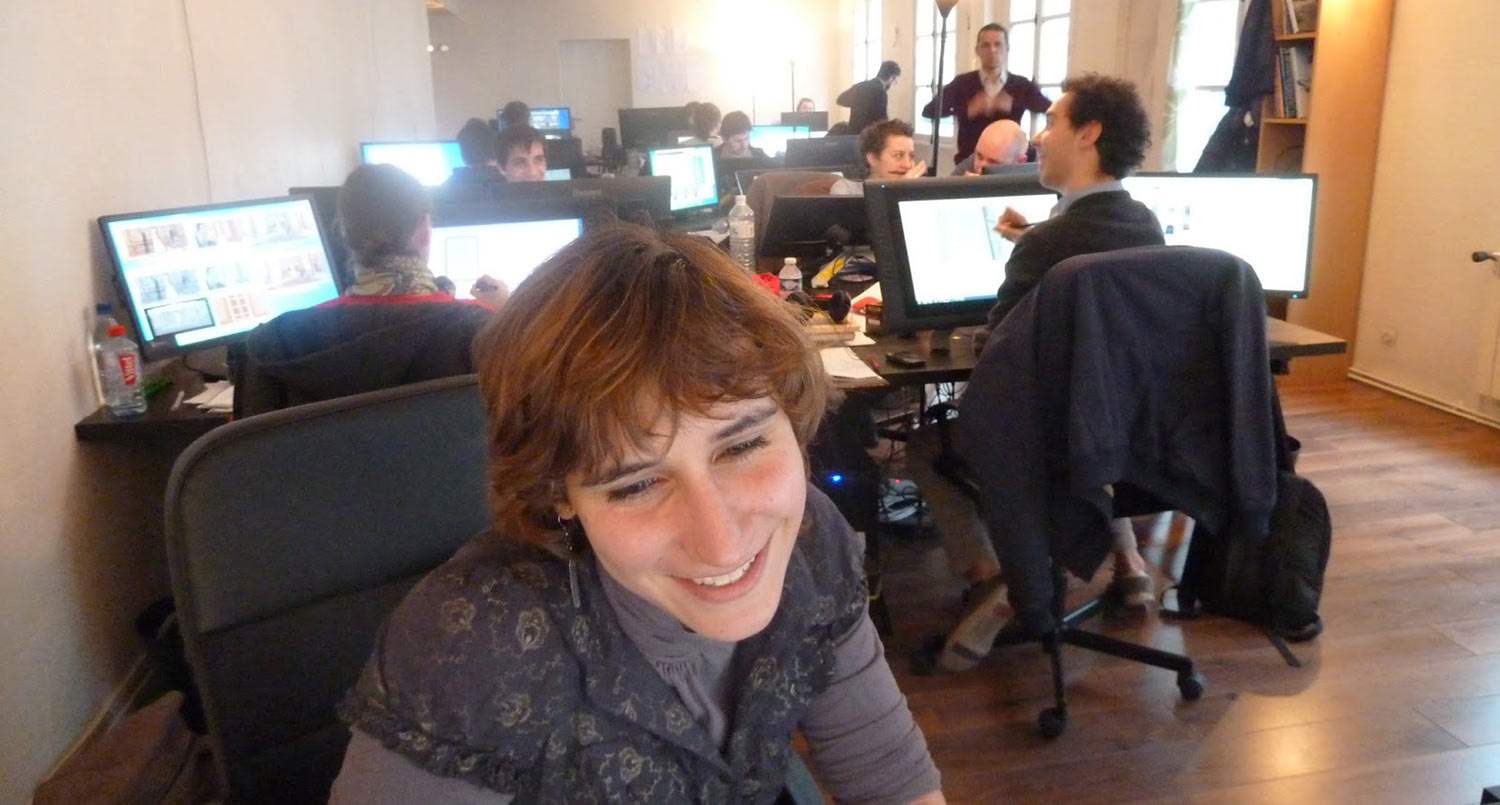
On the film’s production blog we can see the studio space during production. It looks quite…cozy.
Rémi Chayé: It was packed. During summer it was really hot in Paris and we were in the studio with about 40 people. Animators, layout artists, supervisors, me – we were all working in the same room. There wasn’t really a hierarchy, which actually had a big advantage. When I’d discuss storyboards, layouts, or animation with the supervisors, the whole team could hear us. Unconsciously, all artists would soak up our discussions. So once it was time for the animators to animate their shot, they would completely understand what they were doing, because they had heard all the problems and solutions, the whys and the hows the supervisors and I had discussed.
What kind of films would you like to make in the future?
Rémi Chayé: I’d love to continue making 2D animated fictional adventures like Long Way North. I’d like to add a little bit more of comedy though. Not gags – comedy. Gags are visual or standalone jokes, while comedy is a situation that can last for ten minutes. Far too often the use of many gags in a row leads to losing the actual point.
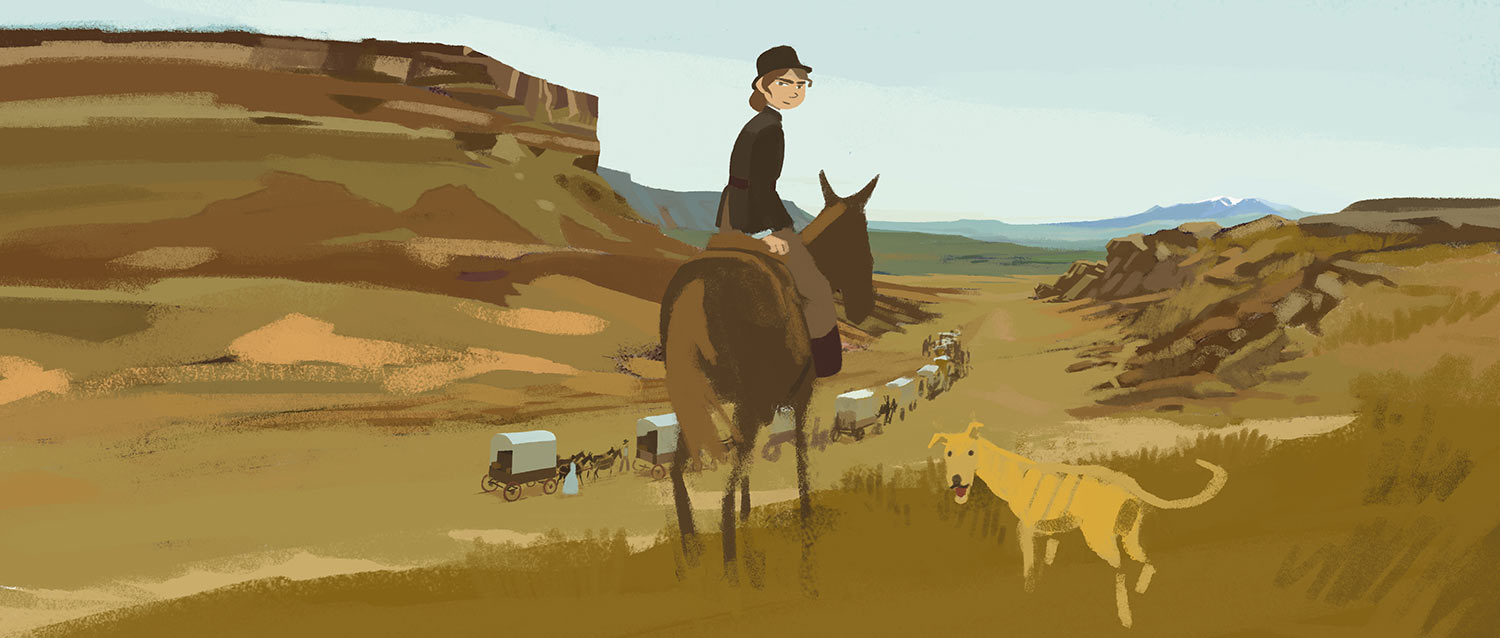
You’re presenting your next feature-length adventure in concept at Cartoon Movie. Can you tell me a bit about it?
Rémi Chayé: A Childhood of Martha Jane Canary is based on the life of Calamity Jane [an American frontierswoman who lived from 1852 to 1903]. It’s a bit strange for a European guy like me to do a Western – that’s actually the reason why we try not to make a Western. [Laughs] We won’t be using the iconography of the genre, but it will shine through in other aspects of the film.
We want to tell the story of a girl that discovers a life with freedom – that of a boy. When she refuses to go back to her old life as a housewife, the adventure starts. Calamity Jane is such an interesting character. She’s like a stray dog, affectionately licking your face first and then stealing the bread in your pocket. She’s an uneducated liar with a long-lasting laugh and lots of imagination. It’s a lot of fun to write her story, and a lot of fun to draw, too.
We’re planning to use the same style, team, and pipeline as Long Way North, rather than reinventing the wheel. I hope the new film will take five years to realize, rather than ten… Cartoon Movie has proven very successful for Long Way North, so let’s see what will happen there for A Childhood of Martha Jane Canary.

.png)